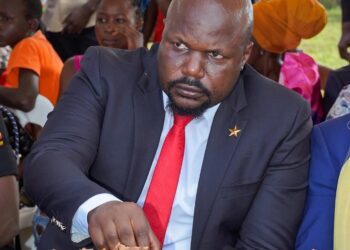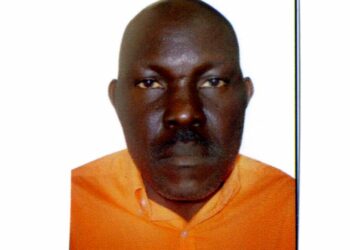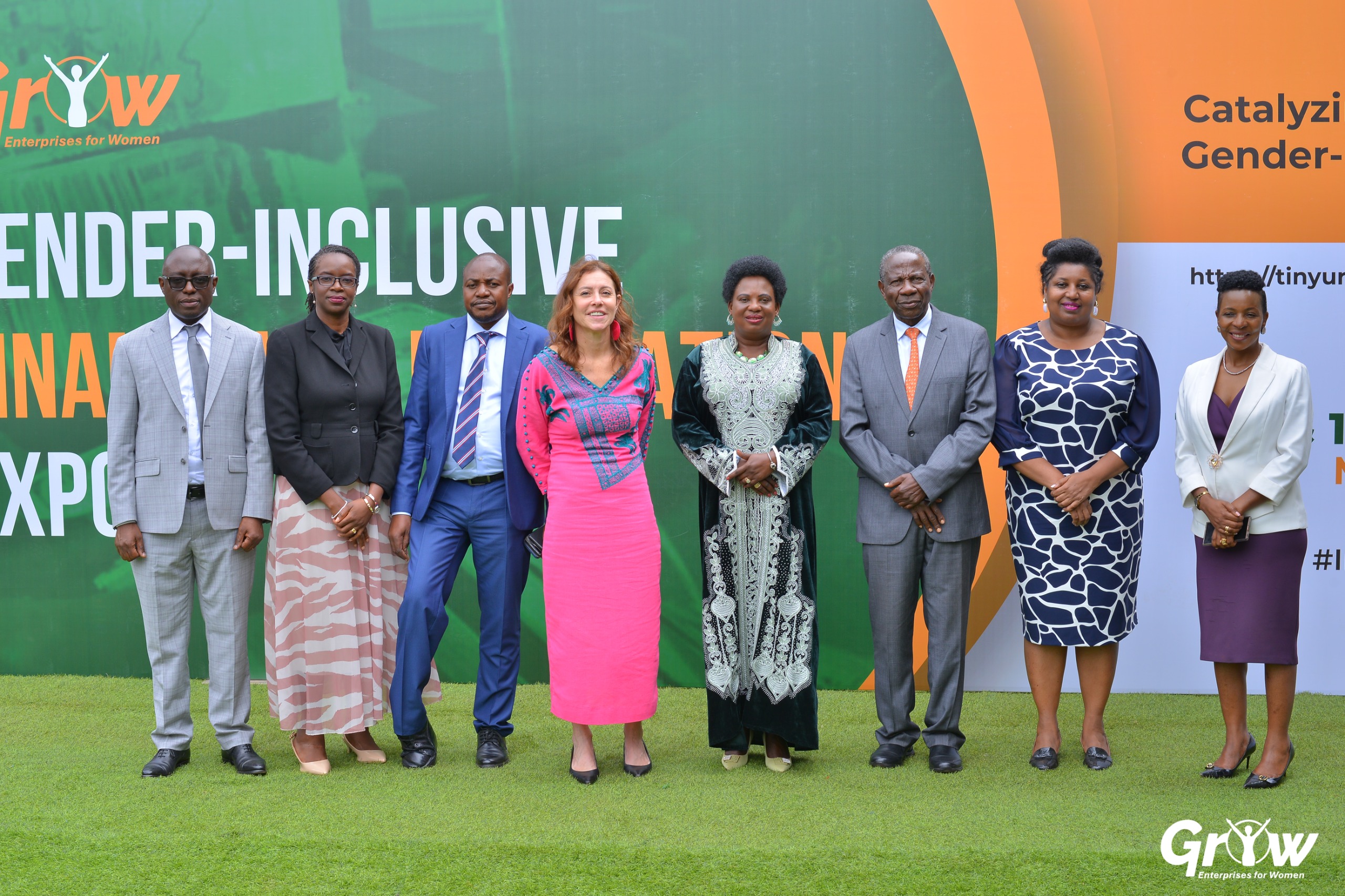Researchers have finally come up with a model that can help smallholder farmers harvest more with less effort or investment, says Dr Ambrose Agona, the director general of the National Agricultural Research Organisation (NARO).
Naro researchers left their laboratories in Kawanda and Namulonge, folded their academic sleeves and put on gumboots, to work with poor farmer groups in Nakasongola and Lira districts.
The results were communicated on Thursday in Kampala. They were incredible.
Farmers in the two districts were able to have bumper harvests after making small investments but earned more money from their crops than ever before, thanks to the Sustainable Intensification for Maize and Legume Systems for Food Security in Eastern and Southern Africa (Simlesa) project.
Introduced in Uganda in 2012, Simlesa trained farmers in enhancing agricultural resilience and sustainability skills, which involves using simple technologies and using shared farming services such as extension, seed and fertilizer purchase, as well as use of animals in labour.
Simlesa was initiated by the International Maize and Wheat Improvement Center (CIMMYT) to increase smallholders’ food and nutrition security, as well as income levels. According to Dr Drake Mubiru, the project coordinator, it was successful beyond their expectation. He recommends the model to be rolled out across the country.

Before Simlesa was rolled out in these two districts, “More than 80 per cent of farmers sold their produce immediately after harvest due to lack of storage facilities and bulking arrangements,” said Mubiru. “This fetched low prices,” he added. The Simlesa model has however helped them defuse their impediments.
Farmers were trained in the use of conservation agriculture based Sustainable Intensification technologies, which means access to modern inputs on one hands and opportunities to tap markets on the other.
Before the project, more than 90% of farmers also procured farm inputs such as fertilizer and seeds, individually and in limited quantities. This meant farm inputs were expensive for individual farmers.
The other problem was lack of access to extension and marketing services which was still a burden.
Simlesa introduced Agricultural Innovations Platforms (AIPs) approaches to bring together farmers, input suppliers, produce buyers and other service providers so that all actors along the commodity value chain could conduct their business.
Naro director general, Dr Ambrose Agona told participants at the “national policy forum on conservation agriculture-based sustainable intensification in Uganda” in Kampala, that this was one of those pilot projects that if rolled out to the countryside would liberate Ugandan farmers from the tyranny of the unpredictability of mother nature.
“Intercropping provided food bonanza for smallholder farmers,” said Dr Mubiru said at unveiling of the findings of the project which has enhanced agricultural resilience and sustainability. Mubiru said they registered at least 44% increase in bean yields and 50% for maize, even in areas in Nakasongola where intercropping was not practiced.
Mubiru explained that with Ox drawn tools, which the project provided to the farmers, they were able to transform smallholder agriculture in Lira. Simlesa worked with 16 farmers groups with a total of 320 people
“We were able to plough and plant our quality seeds in good time,” said Richard Semyalo a farmer who heads Kalongo sub county innovation platform, one of the success stories of this project in Nakasongola.
It was reported that using ox-drawn rippers reduces human labour by 62 per cent.
Mubiru said the other aspect of the project was to teach farmers to work collectively so that they can trigger multiple benefits across the value chains.

Mr Semyalo for example said, alongside Namunkekera group, they were able to sell their maize at sh500 a kilogram when the rest of the country was selling at less than sh200 during the last bumper harvest. He attributed it to collective bargaining as well as the group setting its standards high.
Simlesa was lauded at the model which could help transform subsistence farmers into entrepreneurs, according to Dr Mekulia Mulugeta from the CIMMYYT (International Maize and Wheat Improvement Center).
Dr Mulugeta said Simlesa envisions increasing maize and legume yields by 30% while sustaining the environment. He added they also want to reduce yield risks by 30%.
He explained that recent research was focused on connecting farmers to the markets, which will greatly improve their earning and quality of life.
Dr Pascuel Marenya, Simlesa’s regional coordinator said they have activated the organization in 22 African countries, where 52 projects are running concurrently.
Do you have a story in your community or an opinion to share with us: Email us at editorial@watchdoguganda.com












